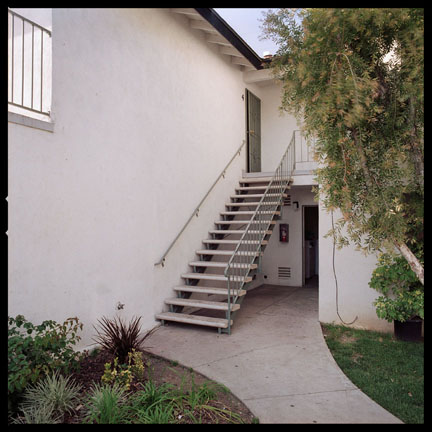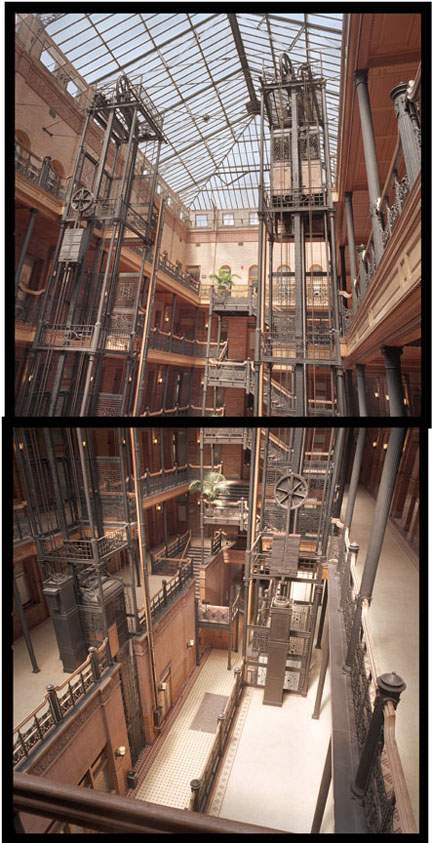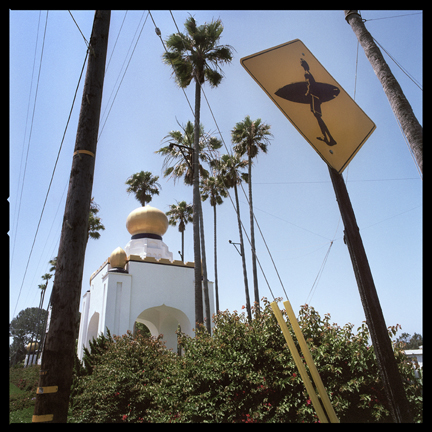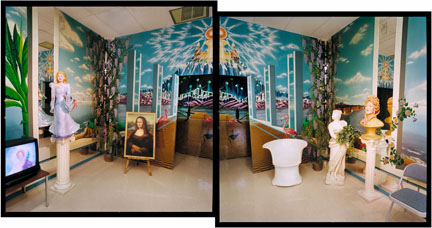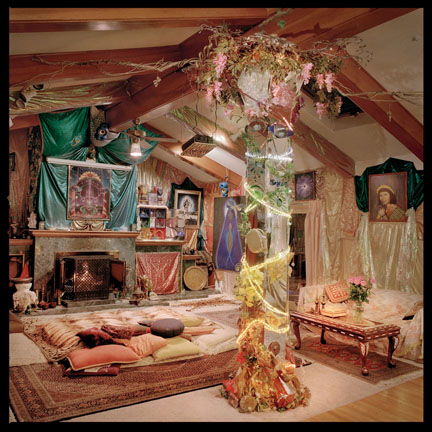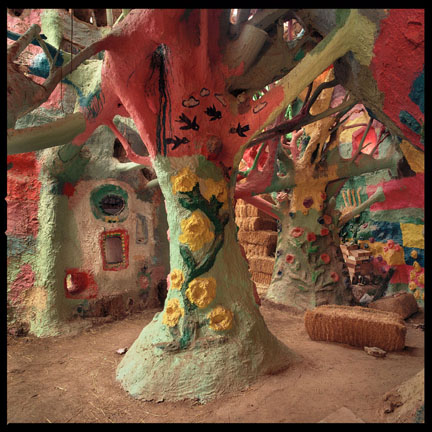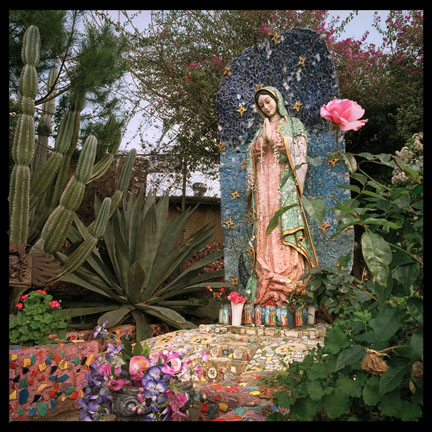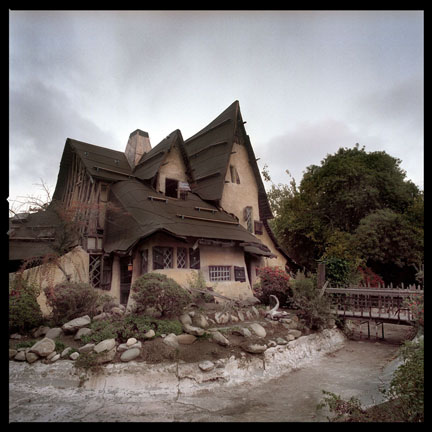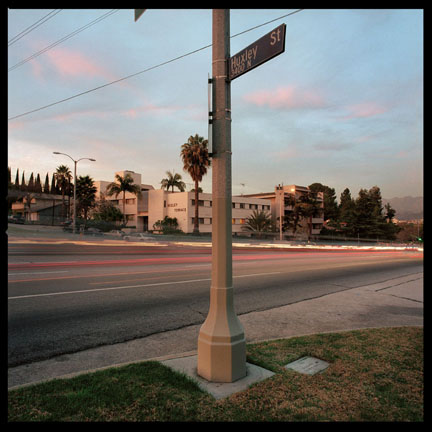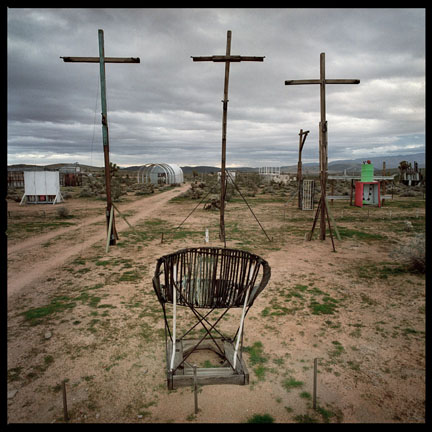 [Image: “Clouds, Sun and Sea” (1952) by Max Ernst, courtesy Phillips.]
[Image: “Clouds, Sun and Sea” (1952) by Max Ernst, courtesy Phillips.]
There’s an interesting space where early modern, mostly 19th-century earth sciences overlap with armchair conjectures about the origins of human civilization. It’s a mix of pure pseudo-science, science-adjacent speculation, and something more like theology, as writers of the time tried to adjust new geological hypotheses and emerging biological evidence—Charles Lyell, Charles Darwin, etc.—to fit with Biblical creation myths and cosmogonic legends borrowed from other cultures. Was there really a Flood? If humans are separate from the animal kingdom, how did we first arrive or appear on Earth?
It is not those particular questions that interest me—although, if I’m being honest, I will happily stay at the table for hours talking with you about the Black Sea deluge hypothesis or the history of Doggerland, two of the most interesting things I’ve ever read about, and whether or not they might have influenced early human legends of a Flood.
Instead, there are at least two things worth pointing out here. One is that these sorts of people never really went away, they just got jobs at the History Channel.
The other is that impossibly long celestial cycles, ancient astronomical records, the precession of the Earth’s poles, and weird, racist ideas about the “fall of Man” all came together into a series of speculations that seem straight out of H.P. Lovecraft.
Take, for example, Sampson Arnold Mackey and his “Age of Horror.”
 [Image: Diagram from The Mythological Astronomy in Three Parts by Sampson Arnold Mackey.]
[Image: Diagram from The Mythological Astronomy in Three Parts by Sampson Arnold Mackey.]
As Joscelyn Godwin writes in a book called The Theosophical Enlightenment, Mackey—a shoemaker, not an astronomer—was fascinated by “the inclination of the earth’s axis and its changes over long spans of time. Astronomers have known at least since classical times that the Earth’s axis rotates once in about 25,920 years, pointing successively at different stars, of which the current one is Polaris, the North Star. One result of this cycle is the ‘precession of the equinoxes,’ according to which the spring-point of the sun moves around the twelve signs of the zodiac, spending about 2160 years in each sign.”
Of course, the assumption that these signs and stars might somehow influence life on Earth is the point at which astronomy morphs into astrology.
Godwin goes on to explain that—contrary to “most astronomers” of his time—Mackey assumed the Earth’s precession was dramatic and irregular, to the extent that, as Mackey speculated, “the earth’s axis describes not a circle but an alternately expanding and contracting spiral, each turn comprising one cycle of the precession of the equinoxes, and at the same time altering the angle of inclination by four degrees.”
The upshot of this is that, at various points in the history of our planet, Mackey believed that the Earth’s “inclination was much greater, to the point at which it lay in the same plane as the earth’s orbit around the sun.”
This sounds inconsequential, but it would have had huge seasonal and climatic effects. For example, Godwin explains, “At the maximum angle, each hemisphere would be pointed directly at the sun day and night during the summer, and pointed away for weeks on end during the winter. These extremes of light and dark, of heat and cold, would be virtually insupportable for life as we know it. In Mackey’s words, it was an ‘age of horror’ for the planet.”
 [Image: Diagram from The Mythological Astronomy in Three Parts by Sampson Arnold Mackey.]
[Image: Diagram from The Mythological Astronomy in Three Parts by Sampson Arnold Mackey.]
The flipside of this, for Mackey, is that the Earth would have gone back and forth, over titanic gulfs of time, between two angular extremes. Specifically, his model required an opposite extreme of planetary rotation in which “there would be no seasons on earth, but a perpetual spring and a ‘golden age.’ Then the cycle would begin again.”
None of this would have been recent: “Mackey dates the Age of Horror at 425,000 years in the past, the Golden Age about a million years ago, and its recurrence 150,000 years from now.”
Nevertheless, Godwin writes, “It was essential to [Mackey’s] system of mythography that the Age of Horror should have been witnessed and survived by a few human beings, its dreadful memory passing into the mythology of every land.”
For Mackey, the implications of this wobble—this dramatic precession between a Golden Age and an Age of Horror, between the darkness of Hell and the sunlight of Paradise—would have been highly significant for the evolution of human civilization.
In other words, either we are coming out of an age of eternal winter and emerging slowly, every minute of the day, every year of the century, into a time of endless sunlight and terrestrial calm, or we are inevitably falling, tipping, losing our planetary balance as we pass into near-permanent night, a frozen Hell of ruined continents and dead seas buried beneath plates of ice.
 [Image: The August 2017 total eclipse of the sun, via NASA.]
[Image: The August 2017 total eclipse of the sun, via NASA.]
One of the weirder aspects of all this—something Godwin himself documents in another book, called Arktos—is that these sorts of ideas eventually informed, among other things, Nazi political ideology and even some of today’s reactionary alt-right.
The idea that there was once a Hyperborean super-civilization, a lost Aryan race once at home in the Arctic north, lives on. It’s what we might call the cult of the fallen Northener.
 [Image: “Cairn in Snow” (1807) by Caspar David Friedrich.]
[Image: “Cairn in Snow” (1807) by Caspar David Friedrich.]
What actually interests me here, though, is the suggestion that planetary mega-cycles far too long for any individual human life to experience might be slowly influencing our myths, our cultures, our consciousness (such as it is).
My point is not to suggest that this is somehow true—to say that astrologers and precession-truthers are right—but simply to say that this is a fascinating idea and it has within it nearly limitless potential for new films, novels, and myths, stories where entirely different ways of thinking emerge on planets with extreme seasonal inclinations or unusual polar relationships to the stars.
 [Image: From Pitch Black, via Supernova Condensate.]
[Image: From Pitch Black, via Supernova Condensate.]
Think of the only good scene in an otherwise bad movie, 2000’s Pitch Black, where the survivors of a crash on a remote human planetary outpost discover an orrery—a model of the planet they’re standing on—inside an abandoned building.
Playing with the model, the survivors realize that the world they’ve just crashed on is about to be eclipsed by a nearby super-planet, plunging them into a night that will last several months (or weeks or years—I saw the film 20 years ago and don’t remember).
Just imagine the sorts of horrors this might inspire—an entire planet going dark perhaps for centuries, doomed by its passage through space.
 [Image: Adolph Gottlieb, courtesy Hollis Taggart.]
[Image: Adolph Gottlieb, courtesy Hollis Taggart.]
In any case, the idea that the earliest human beings lived through something like this hundreds of thousands of years ago—an imminent night, a looming darkness, an Age of Horror that imprinted itself upon the human imagination with effects lasting to this day—would mean that what we think of as human psychology is just an angular epiphenomenon of planetary tilt. Call it orbital determinism.
(Very vaguely related: a planet without a sun.)

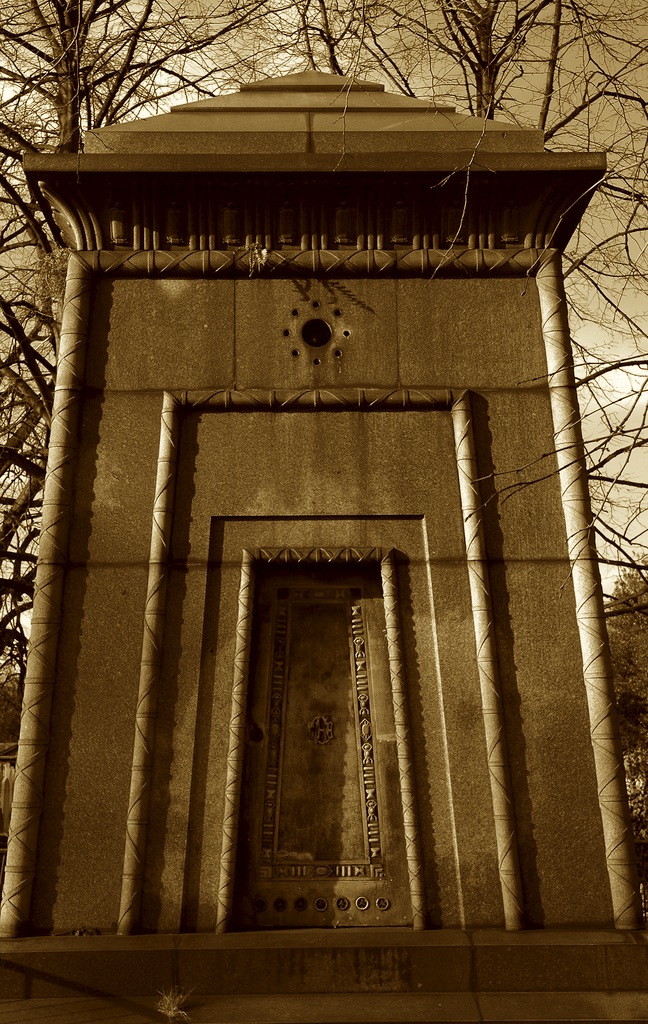 [Image: Via
[Image: Via 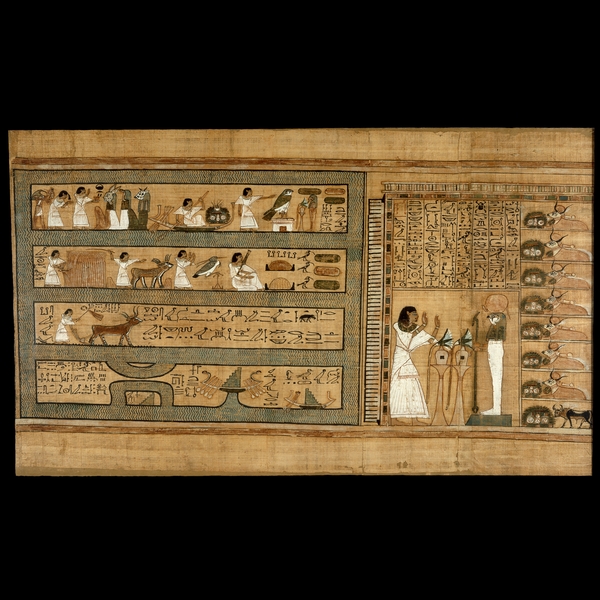 [Image: An otherwise unrelated photo of the Egyptian Book of the Dead, courtesy of the
[Image: An otherwise unrelated photo of the Egyptian Book of the Dead, courtesy of the 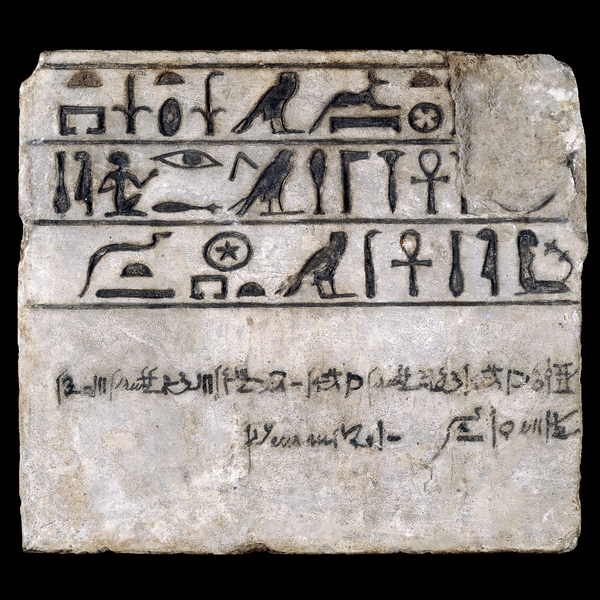 [Image: An otherwise unrelated photo of a “Stela fragment of Horiaa,” courtesy of the
[Image: An otherwise unrelated photo of a “Stela fragment of Horiaa,” courtesy of the 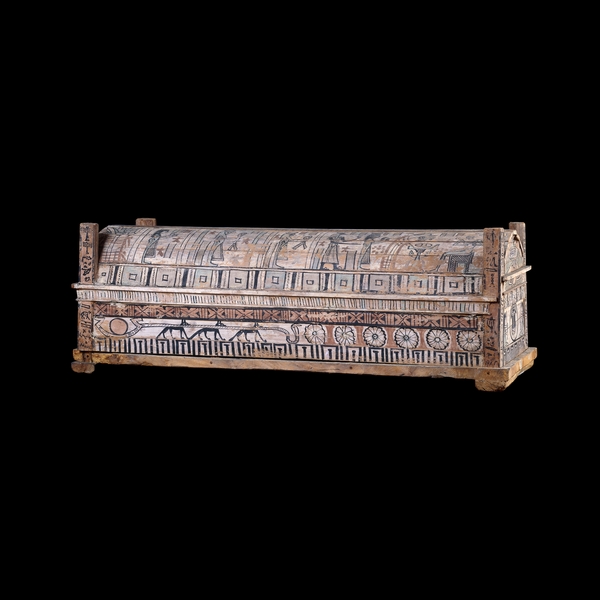 [Image: An otherwise unrelated photo of the “Coffin of Tpaeus,” courtesy of the
[Image: An otherwise unrelated photo of the “Coffin of Tpaeus,” courtesy of the 

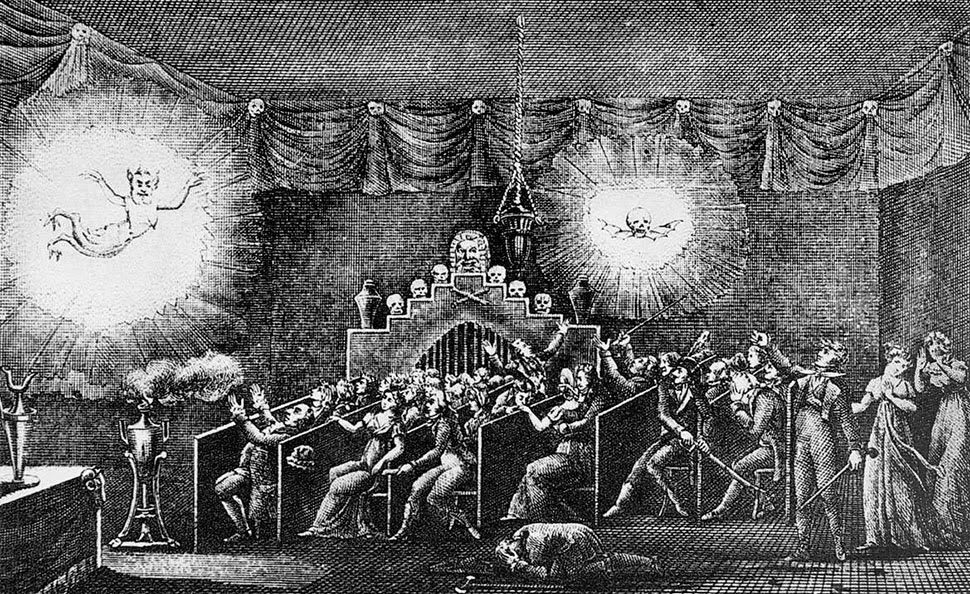 [Image: From Etienne-Gaspard Robertson’s 1834 study of technical phantasmagoria, via
[Image: From Etienne-Gaspard Robertson’s 1834 study of technical phantasmagoria, via  [Image: A “moving face” transmitted by John Logie Baird at a public demonstration of TV in 1926 (photo
[Image: A “moving face” transmitted by John Logie Baird at a public demonstration of TV in 1926 (photo  [Image: Kristian Birkeland stares deeply into his universal simulator (
[Image: Kristian Birkeland stares deeply into his universal simulator ( [Image: From Birkeland’s The Norwegian Aurora Polaris Expedition 1902-1903, Vol. 1: On the Cause of Magnetic Storms and The Origin of Terrestrial Magnetism (
[Image: From Birkeland’s The Norwegian Aurora Polaris Expedition 1902-1903, Vol. 1: On the Cause of Magnetic Storms and The Origin of Terrestrial Magnetism (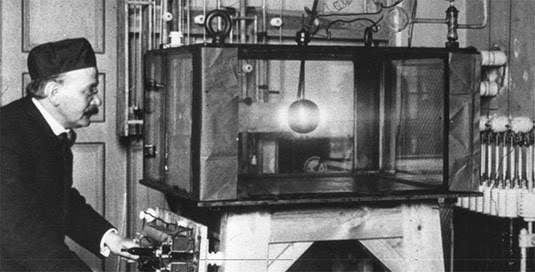 [Image: Cropping in on the pic seen above (
[Image: Cropping in on the pic seen above (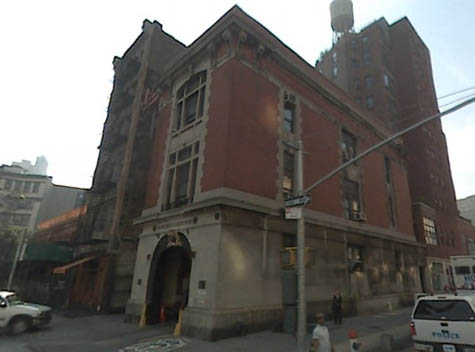 [Image: The original fire house from
[Image: The original fire house from 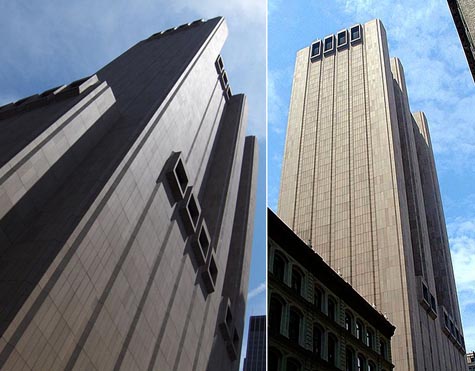 [Image: 33 Thomas Street, via
[Image: 33 Thomas Street, via  [Image: Bookstore for Shibuya Publishing, Japan, designed by
[Image: Bookstore for Shibuya Publishing, Japan, designed by 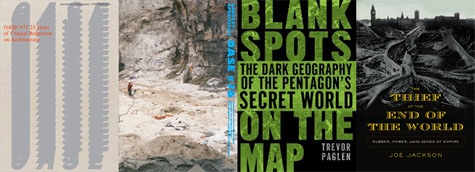 1)
1) 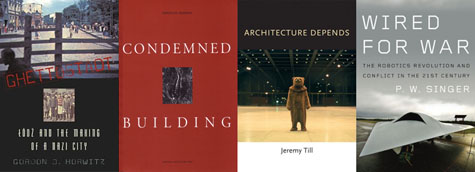 4)
4) 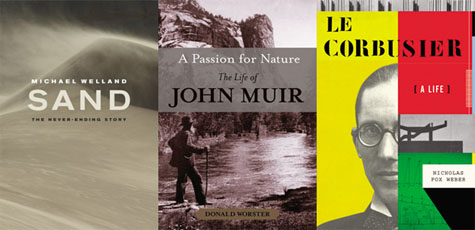 8)
8) 